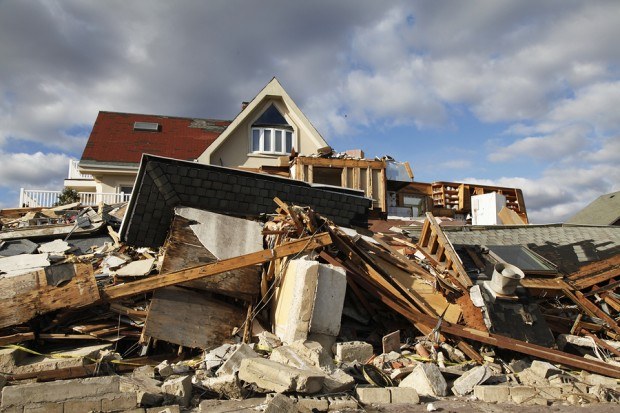With nearly universal use of catastrophe plan manuals, property/casualty insurers are largely ready to manage catastrophe claims operations, a new benchmarking report says.
But like anything else, there is room for improvement in executing plans that can take massive amounts of coordination and planning, according to “The Property Claim Services Personal Lines Planning and Response Report,” published on Wednesday.
For example, just about half of the companies surveyed for the report deploy IT personnel to some catastrophes. “Insurers may wish to increase that number because future technology applications in the claims-handling practices will likely make IT personnel a necessary part of the catastrophe team,” PCS recommended in a media statement.
PCS surveyed 53 P/C insurers across the United States, mostly personal lines writers. The survey asked about home office catastrophe management, catastrophe event management, vendor management, settlement authority, equipment and technology, and post-event assessment.
In addition to finding that the majority of surveyed companies have developed—and annually review–catastrophe plan manuals, PCS reports that most take a proactive approach to catastrophe preparedness by identifying catastrophe coordinators and permanent field teams, for example.
Highlighting other items that demonstrate good advance preparation for catastrophe events, PCS noted that many insurers develop predetermined personnel lists, call center scripts, and preexisting vendor contracts.
Beyond IT, other opportunities for improvement for catastrophe claims management relate to special investigations units to look into potentially fraudulent claims.
Carriers overwhelmingly do not have SIU field support, even though fraudulent claims have the potential to be widespread after a catastrophe.
In addition, PCS recommends that:
- Companies consider additional follow-up after catastrophe events—both in terms of making adjustments to catastrophe plans and manuals and improving individual staff performance.
- Companies expand the roles of independent adjusters and the use of automated payments to reduce cycle times and lessen overtime costs.
Other survey findings relate to on-site management, reliance on outside staff and the roles of independent adjusters.
- On-site management. Most companies set up a remote catastrophe site selected by a regional or catastrophe site manager and staffed by deployed employees who make their own travel arrangements.
- Reliance on outside services and staff. Agents are key players during a catastrophe event, PCS found, reported that more than 70 percent of surveyed companies said they use agents for both the catastrophe process and client outreach. In addition, the majority of companies rely on multiple vendors, including property and auto vendors and independent adjusting firms.
- Role of independent adjusters. Companies rely on independent adjusters for both field adjusting and inside adjusting. Many insurers assure quality by requiring the independents to be certified.
The report is the second in the PCS Benchmarking Series. The first report was the PCS Catastrophe Compensation Report published in August.
In an article for Carrier Management, Catastrophe Compensation: An Industrywide View, Joe Louwagie, assistant vice president, Property Claim Services, summarized some of the key findings of the earlier benchmarking report focused on compensation practices.
For further information and a copy of the PCS Personal Lines Planning and Response Report, contact PCS here.
Source: Verisk Analytics/ Property Claims Services





















 Behavior Is Dominant Driver of Collision Risk for Commercial Auto
Behavior Is Dominant Driver of Collision Risk for Commercial Auto  Execs, Risk Experts on Edge: Geopolitical Risks Top ‘Turbulent’ Outlook
Execs, Risk Experts on Edge: Geopolitical Risks Top ‘Turbulent’ Outlook  Why the Middle Market Matters and How Insurers Can Capture It
Why the Middle Market Matters and How Insurers Can Capture It  Federal Bill Proposes the Use of AI, Telematics to Improve Road Safety
Federal Bill Proposes the Use of AI, Telematics to Improve Road Safety 